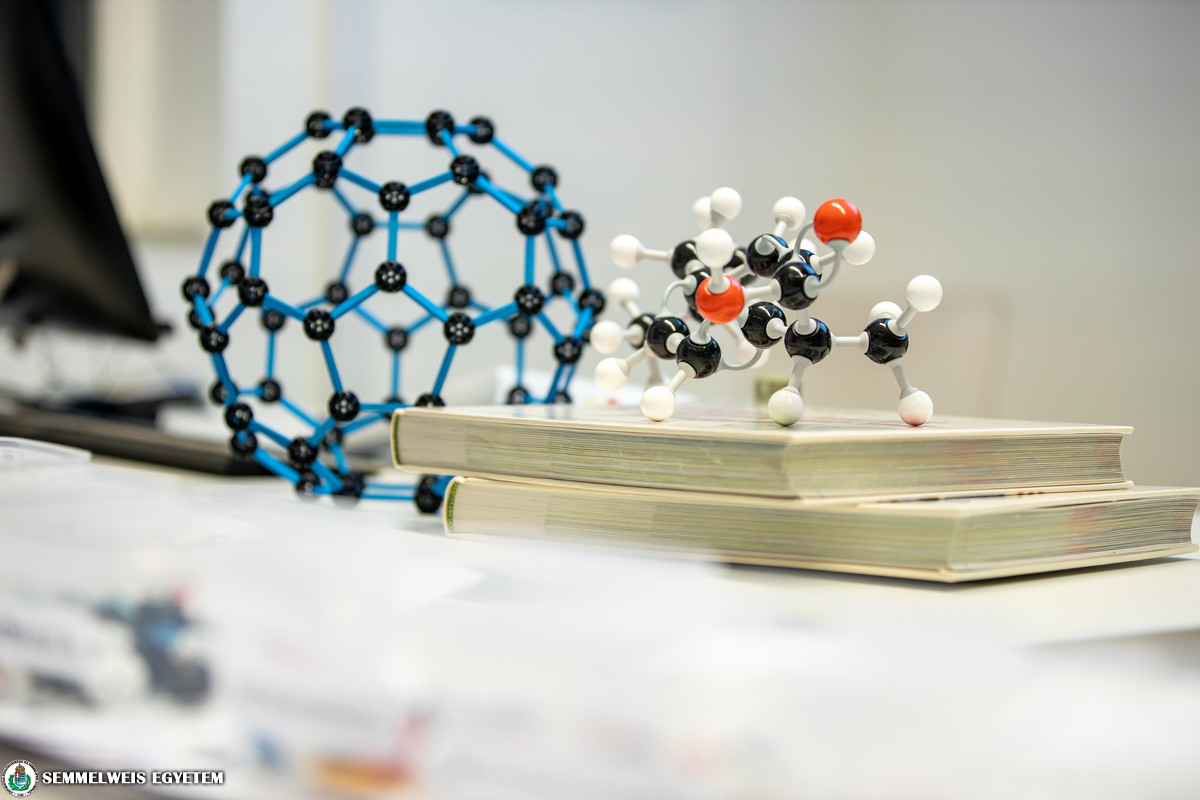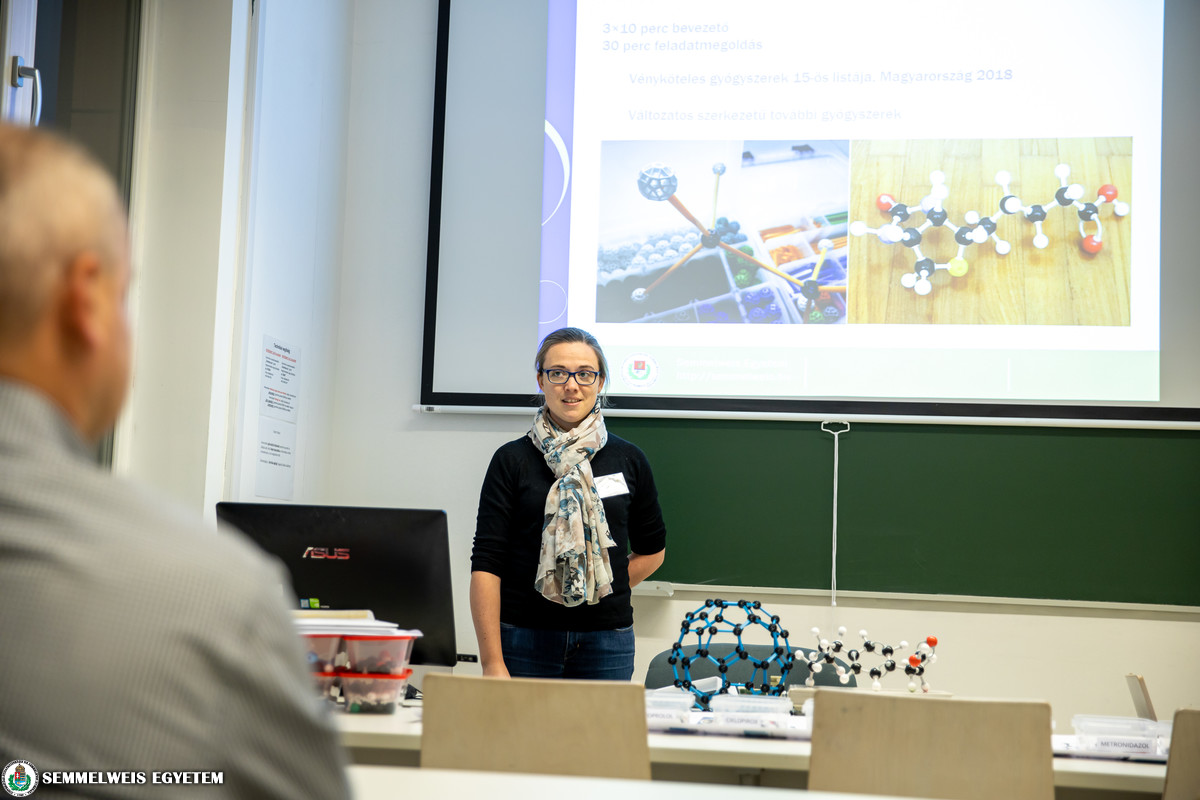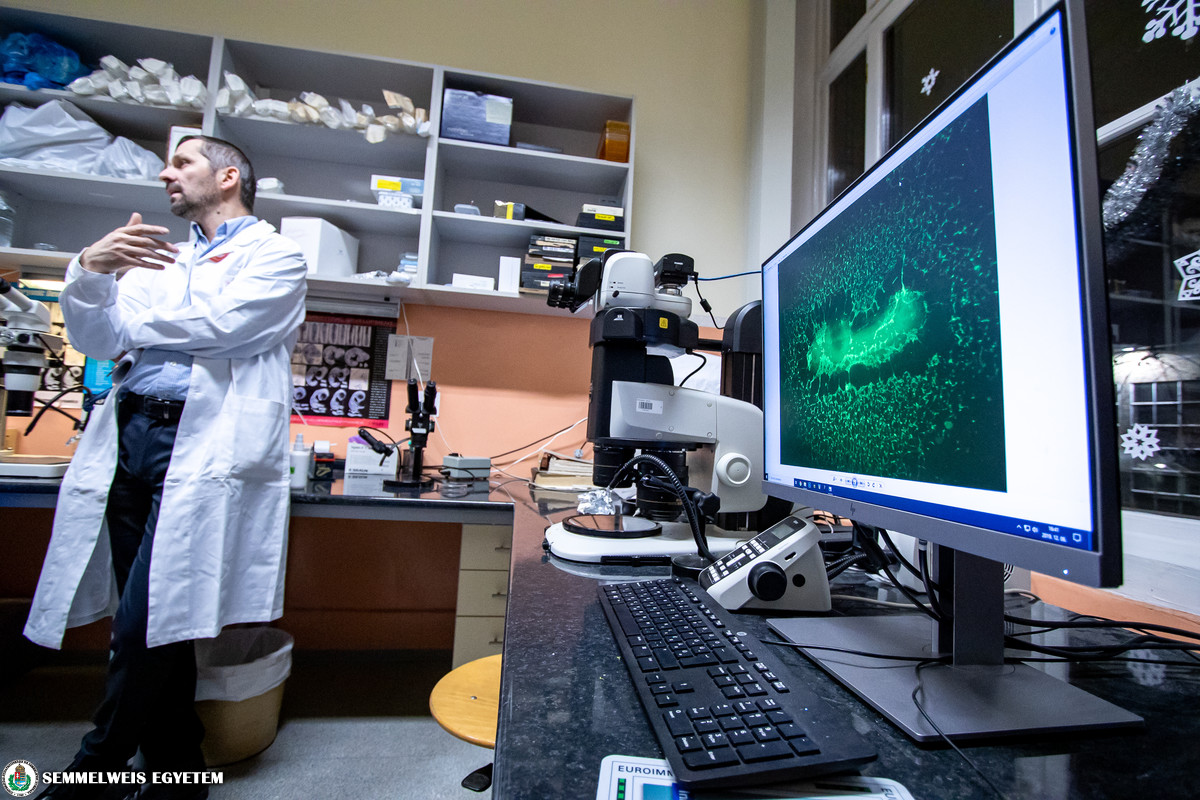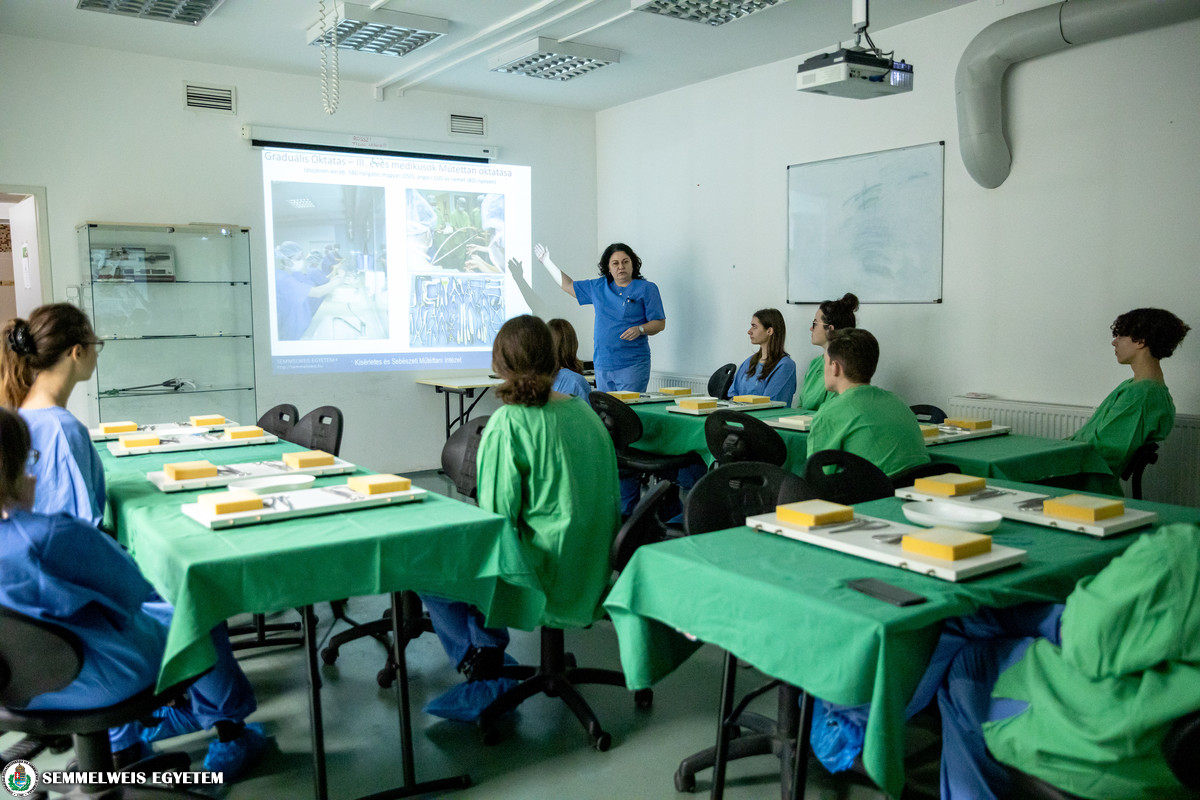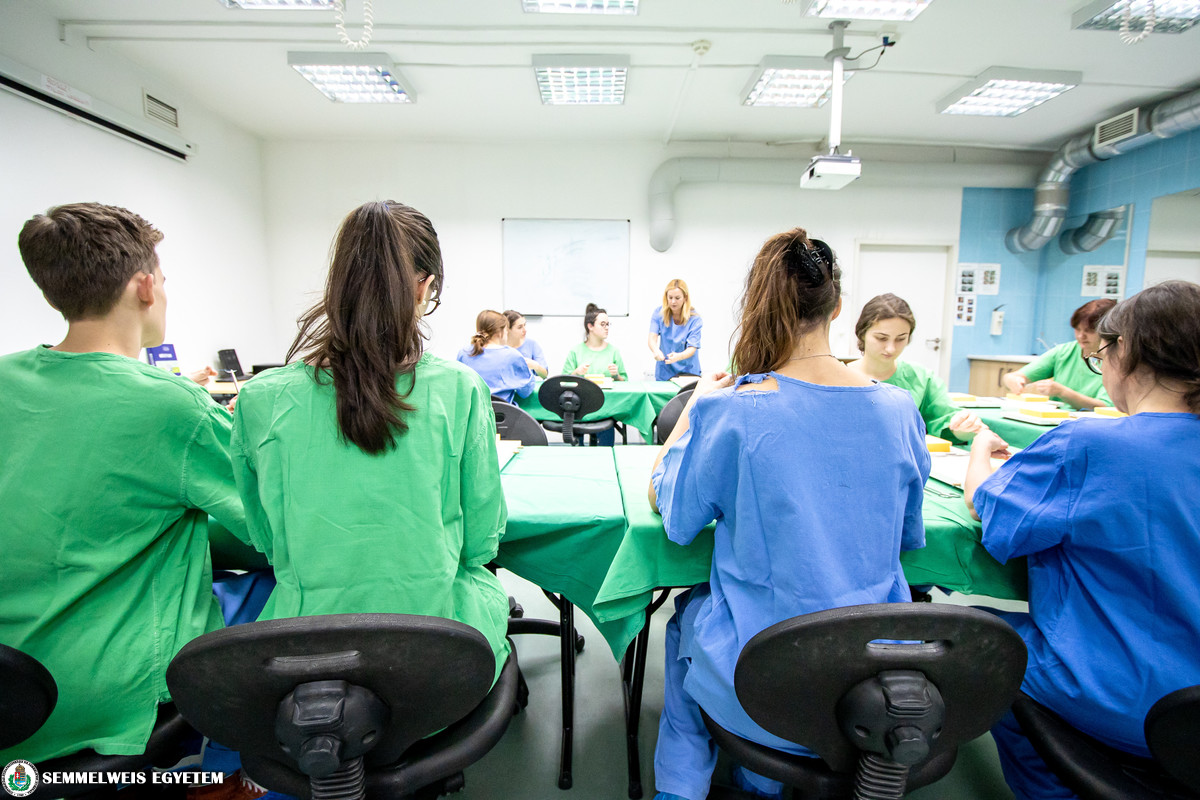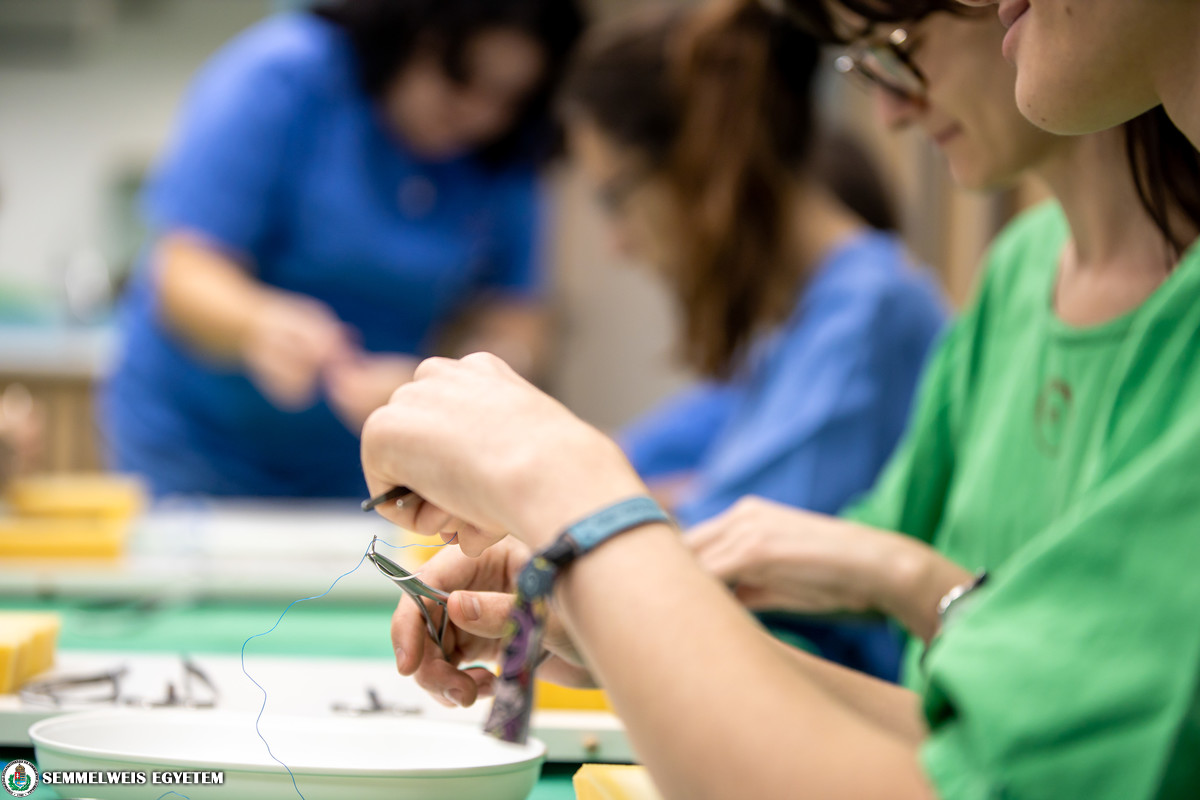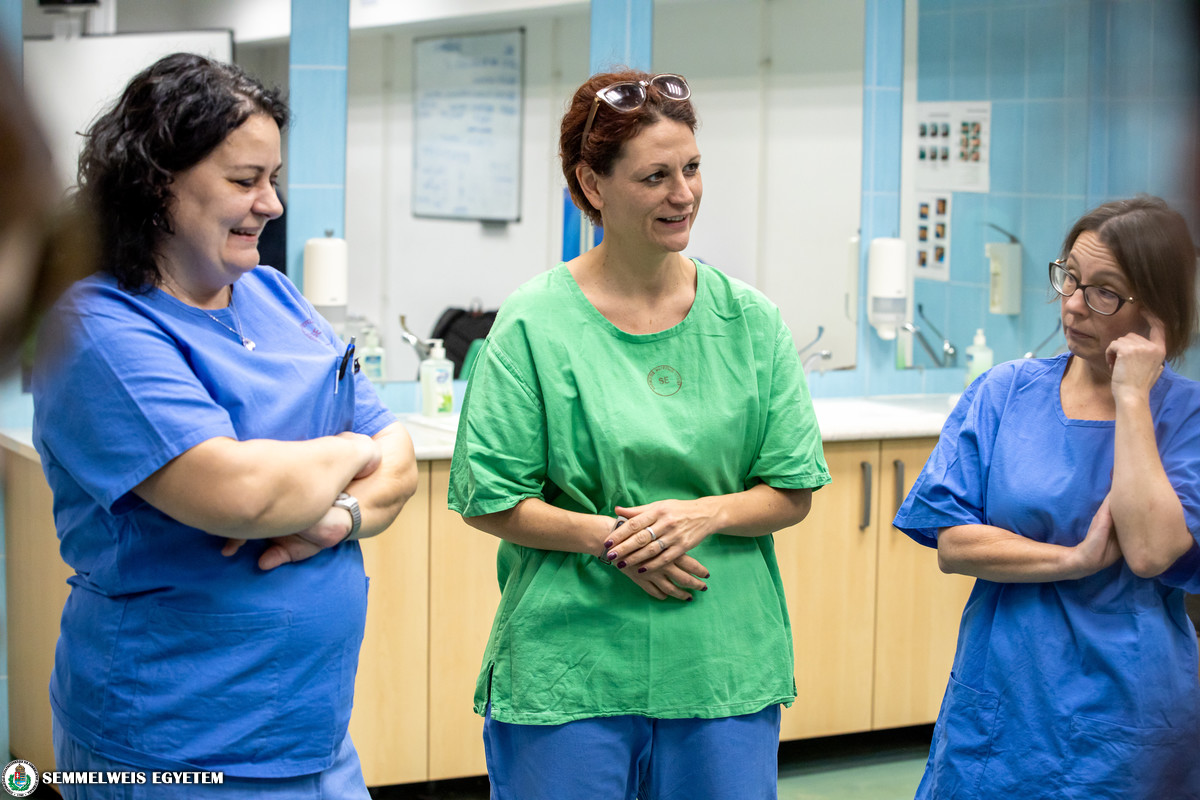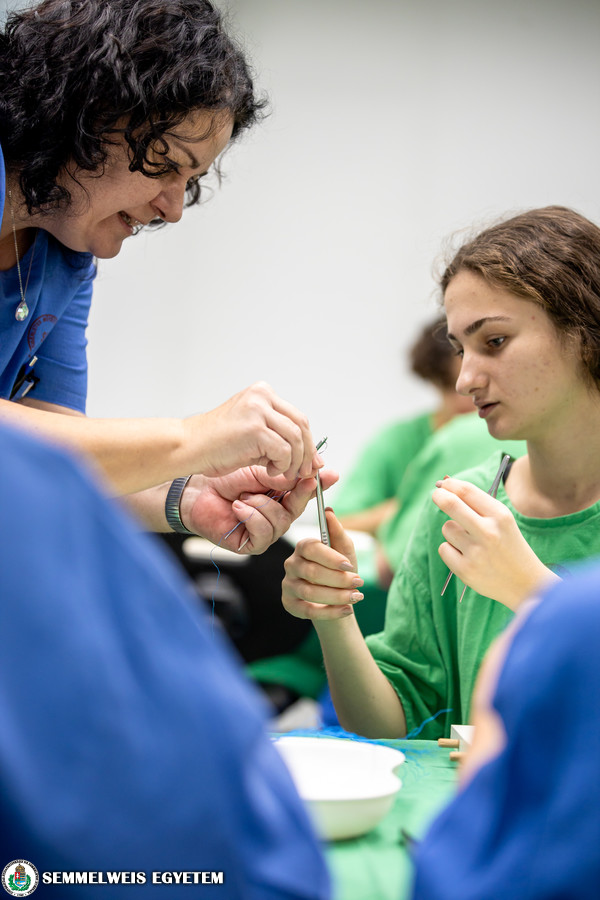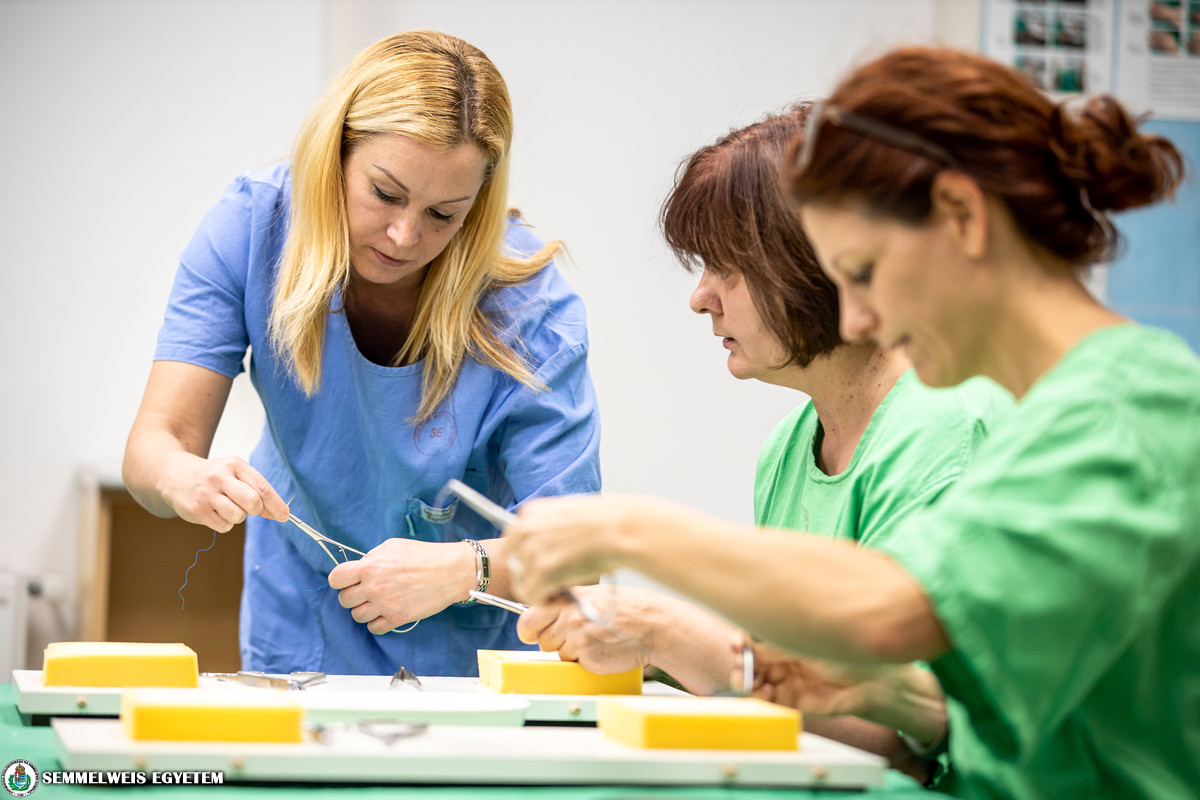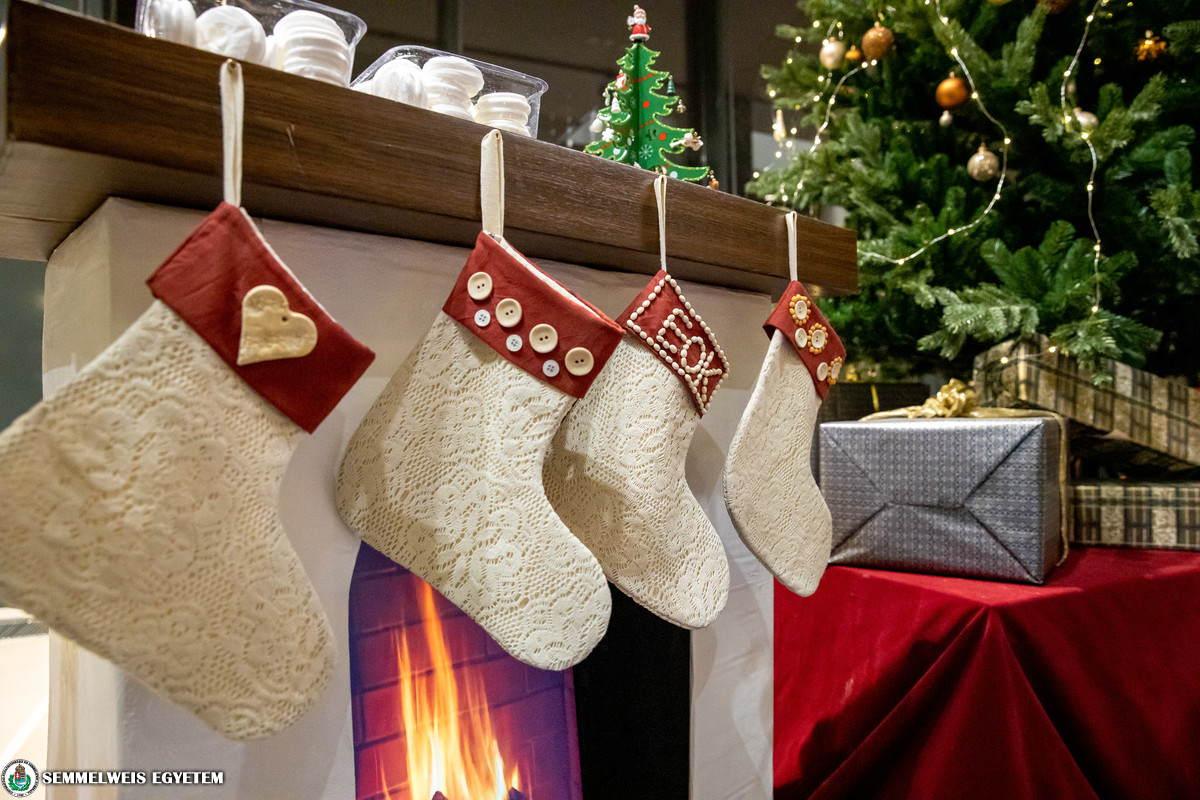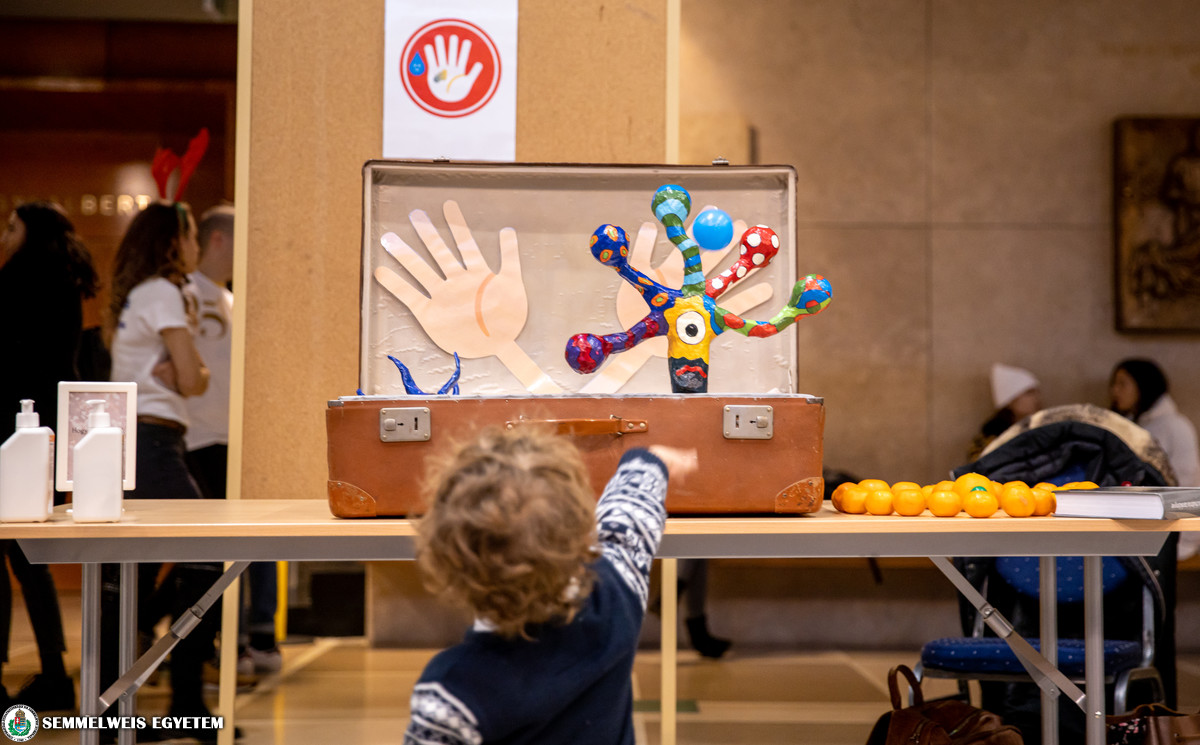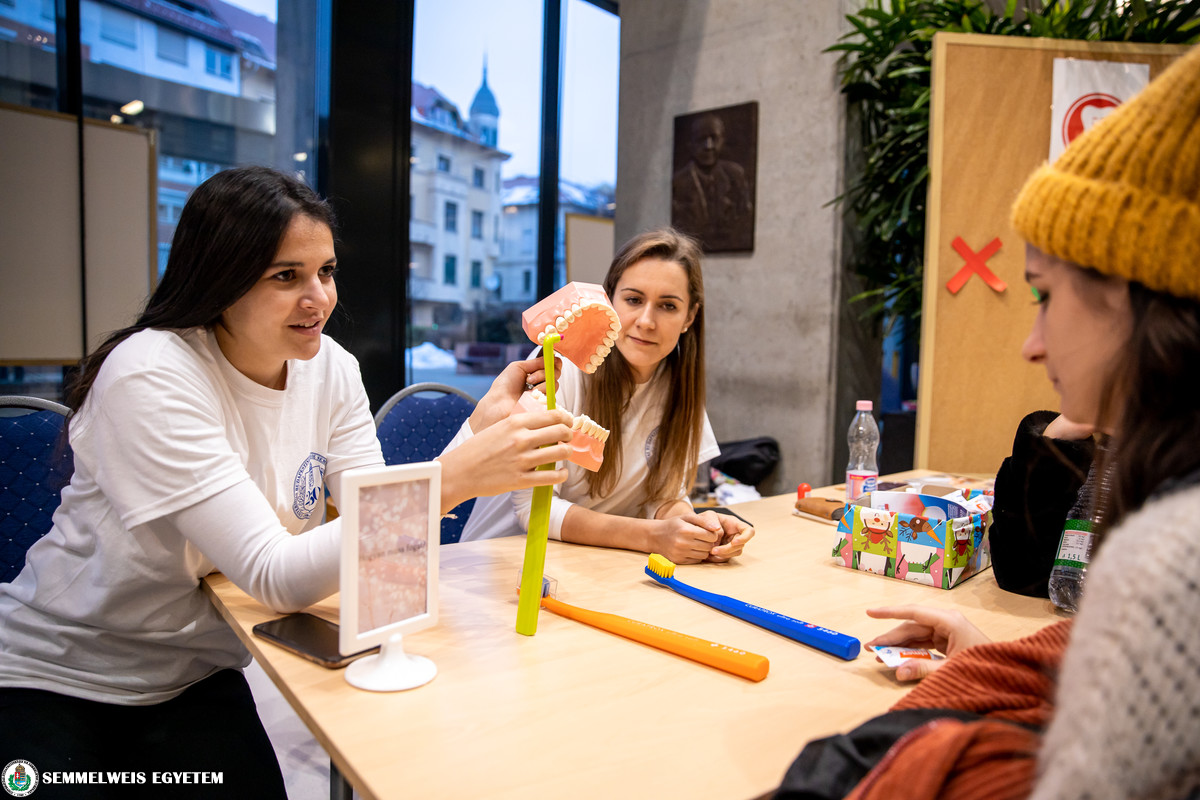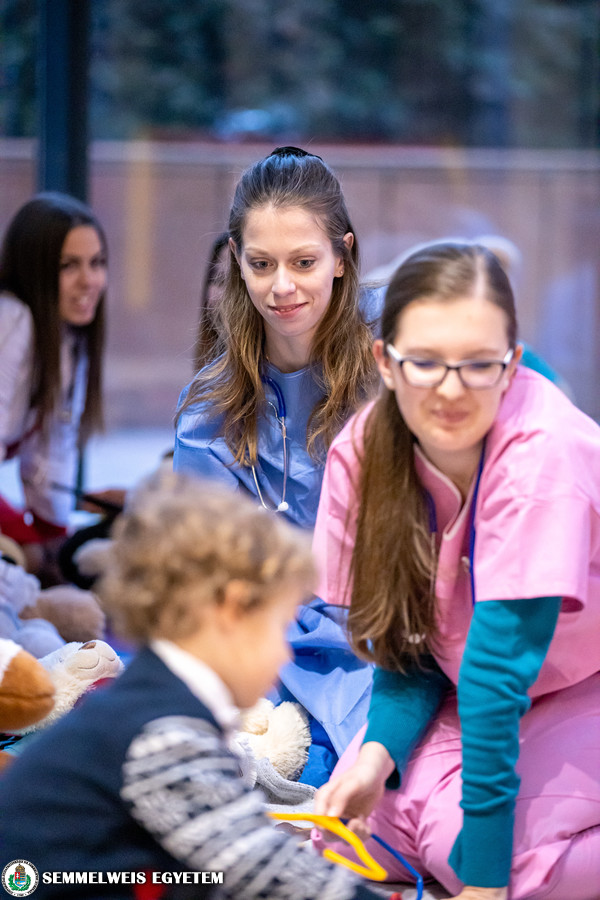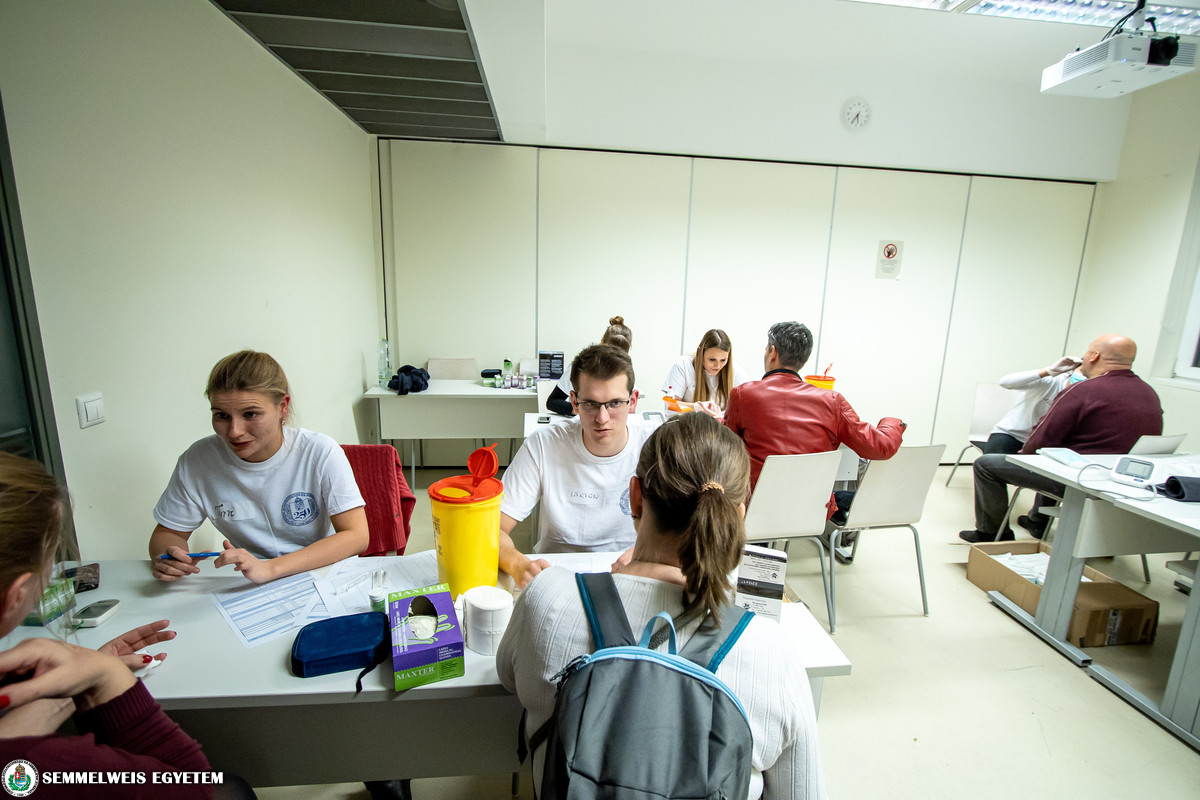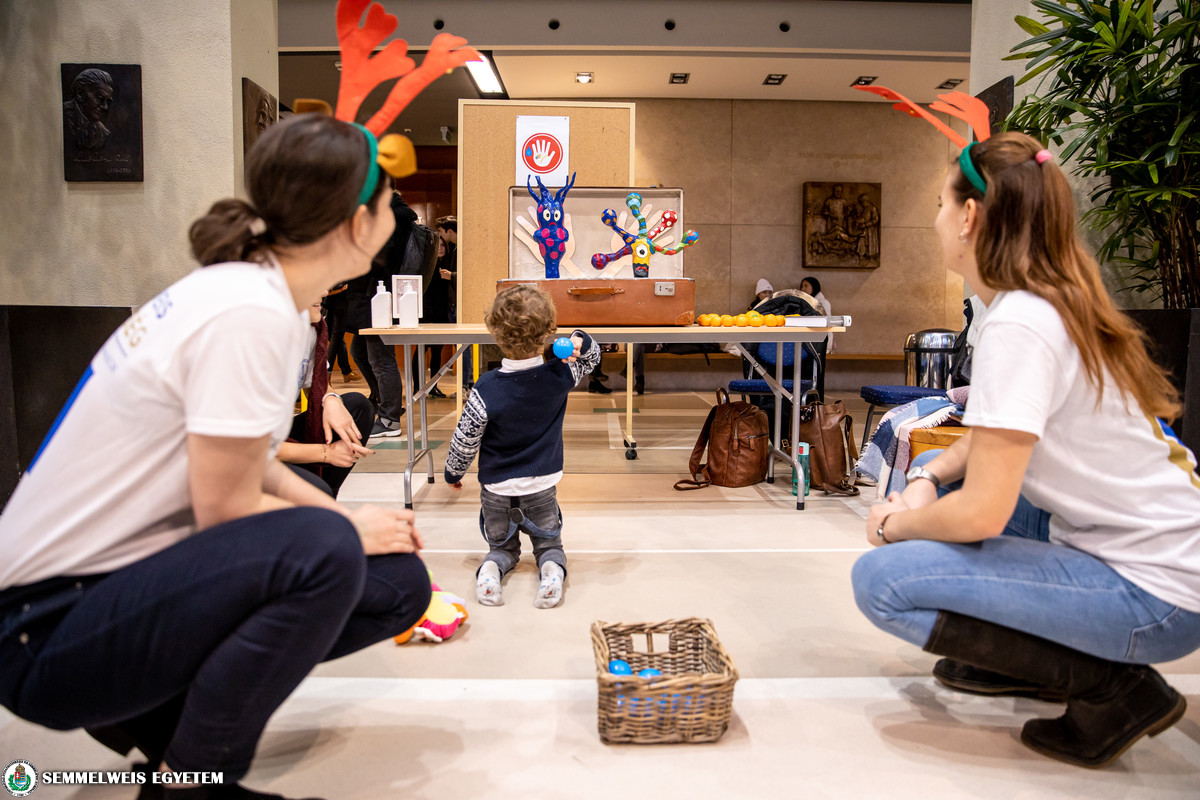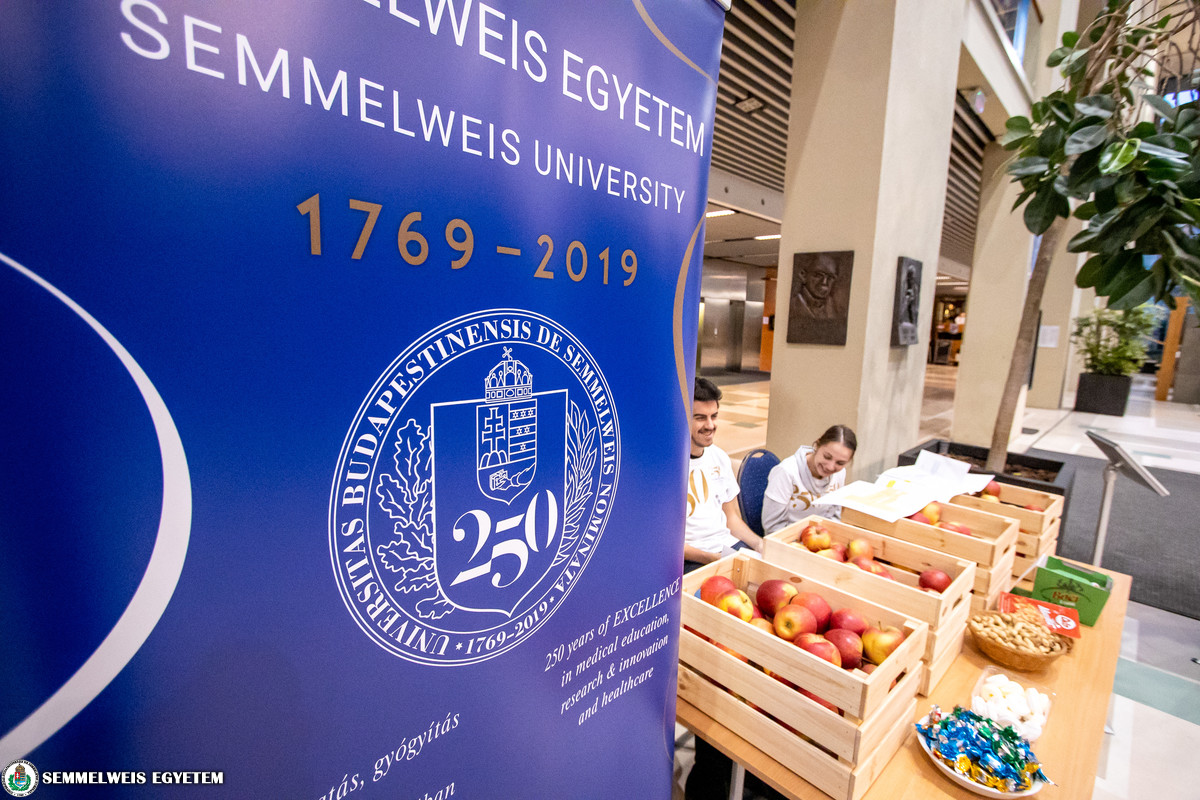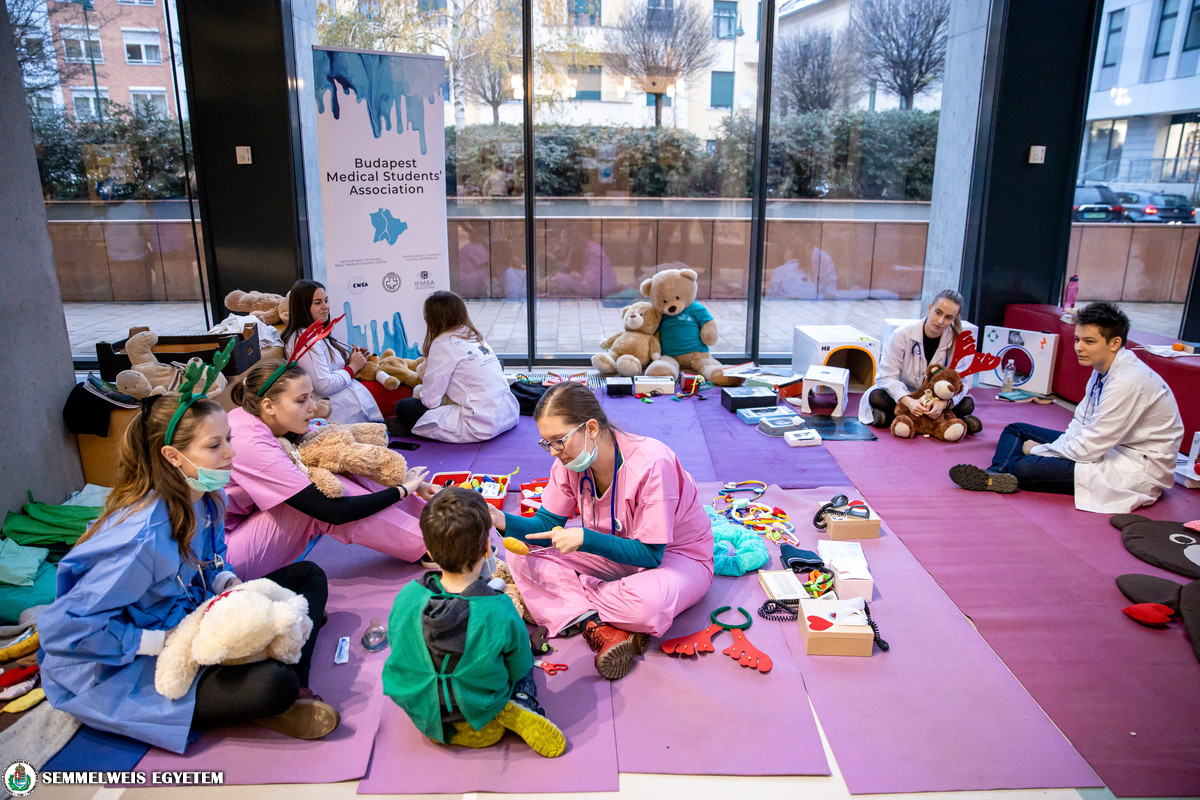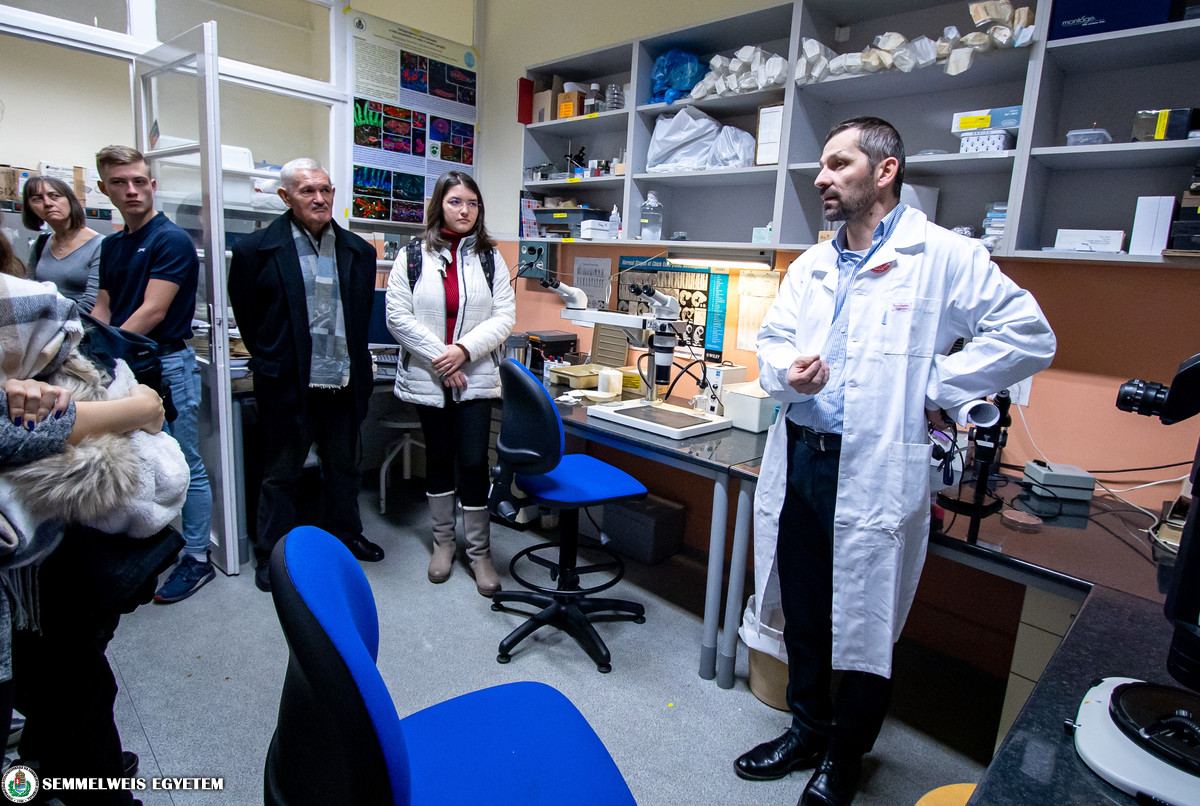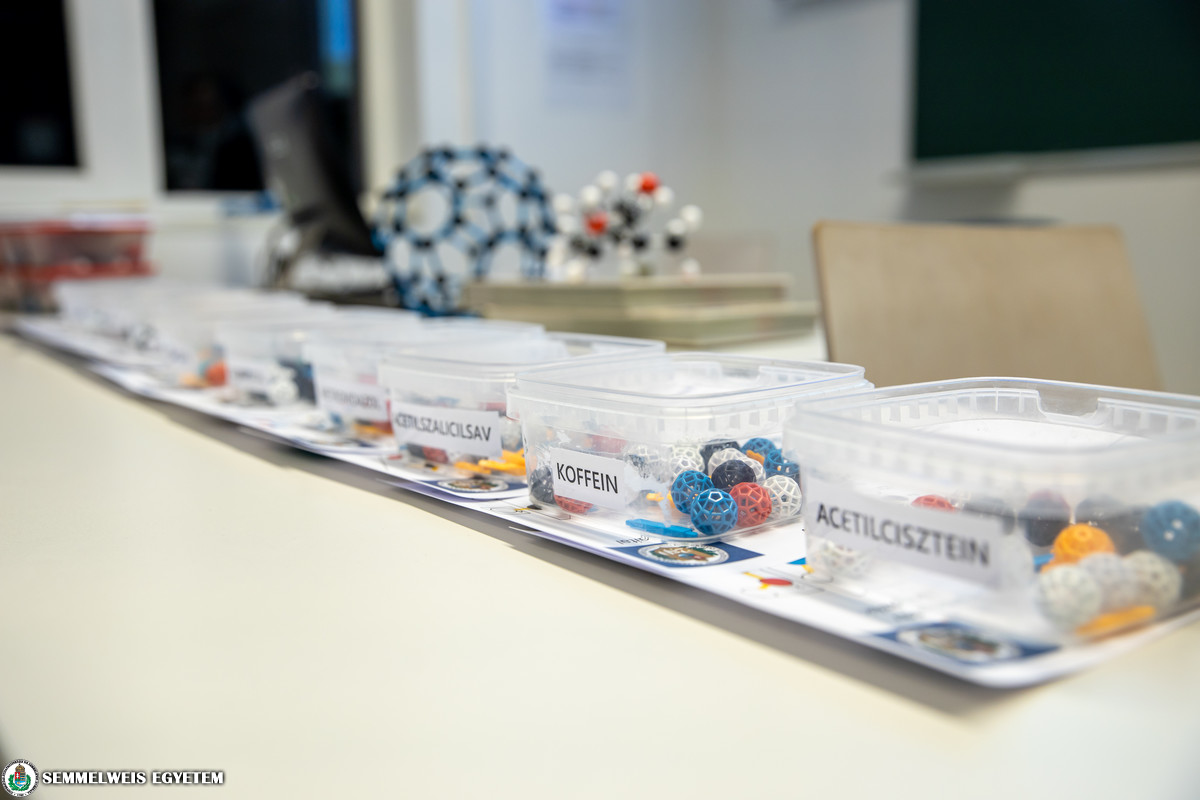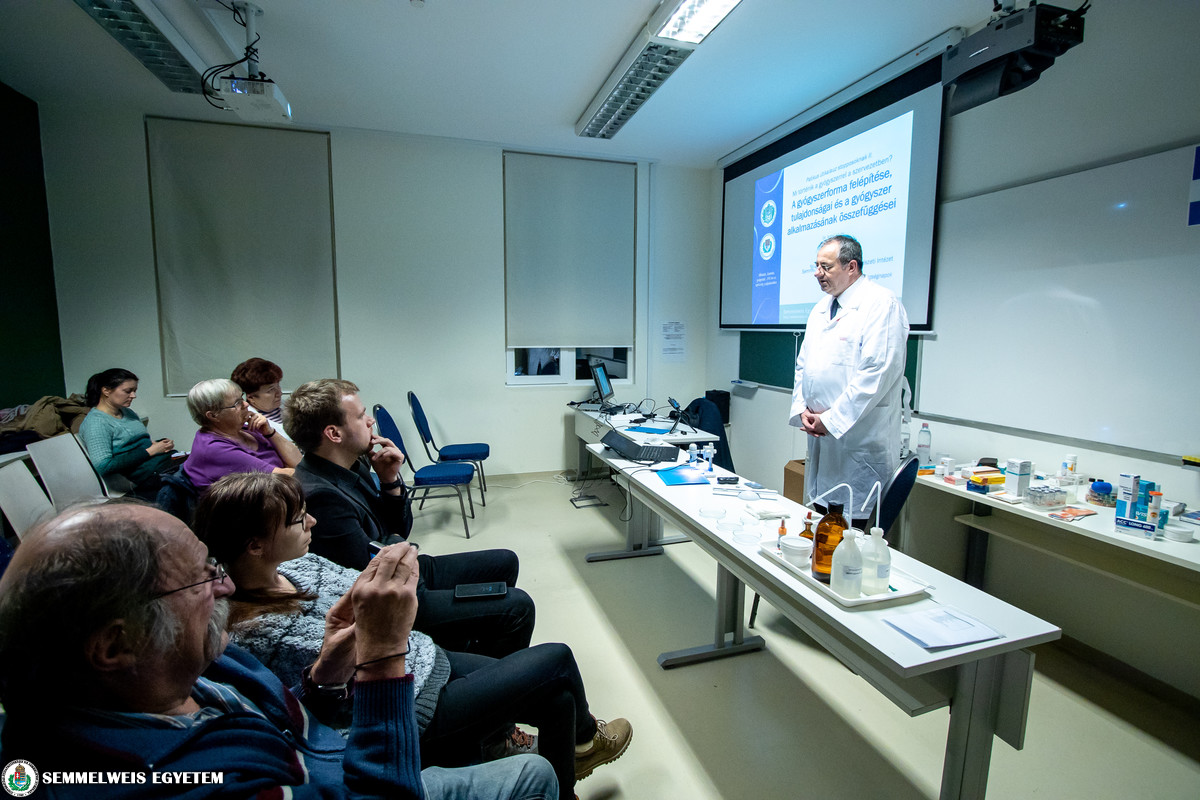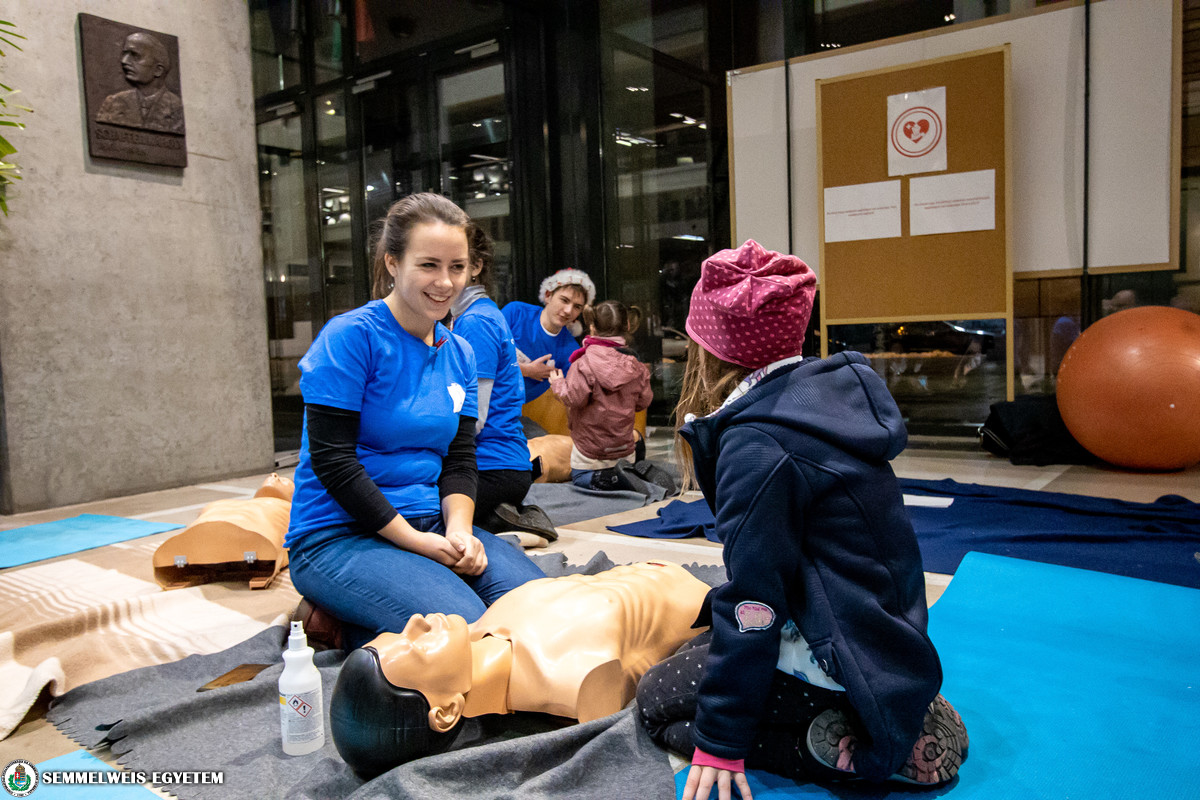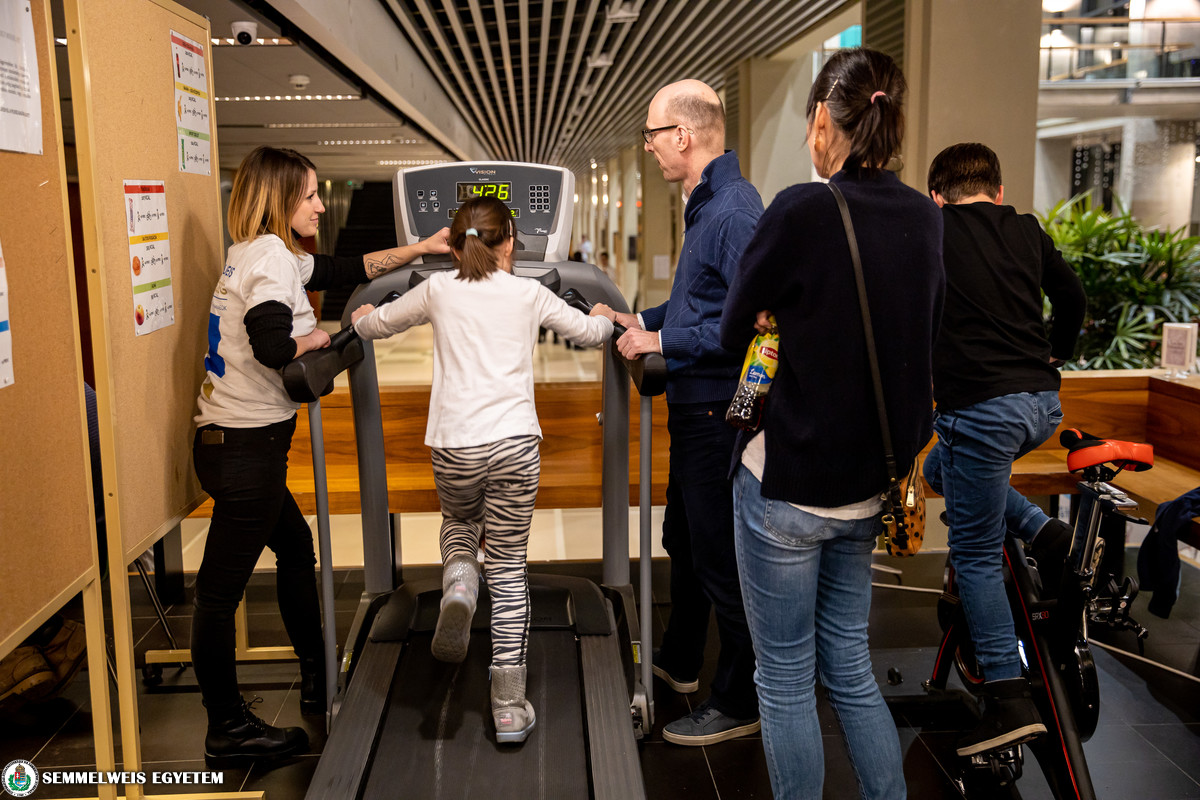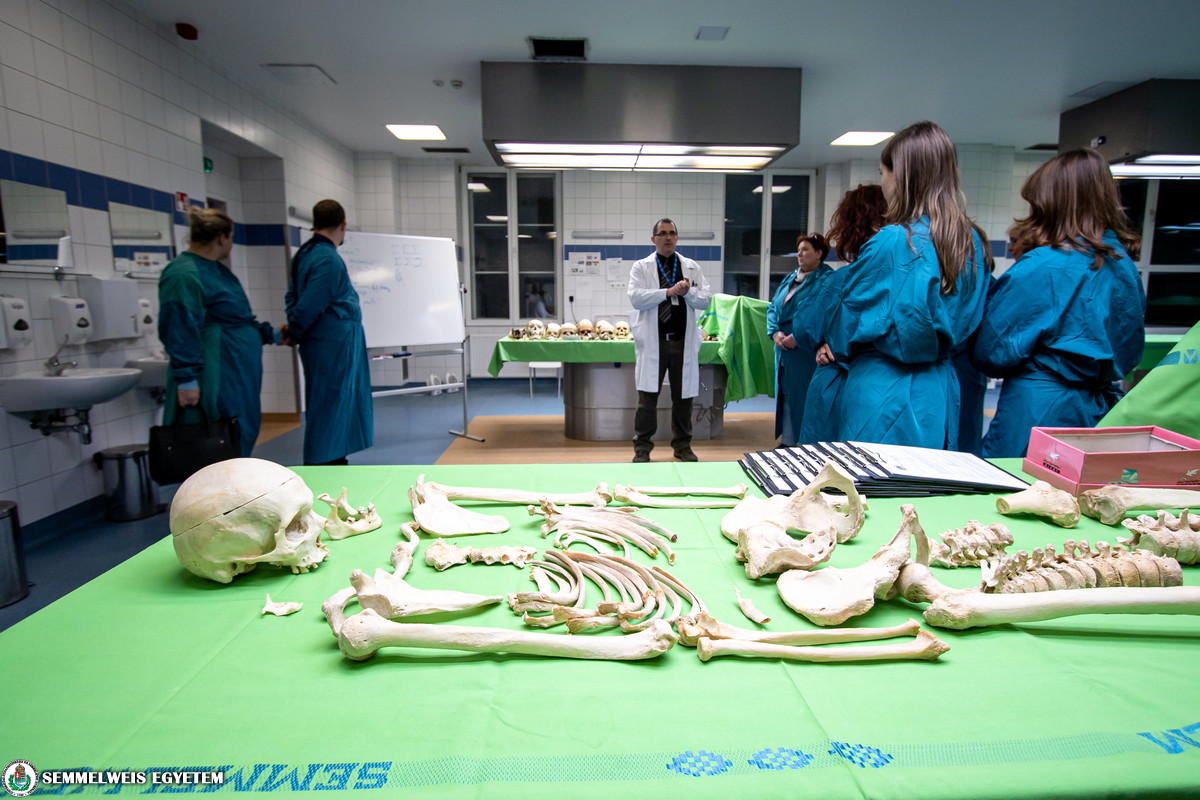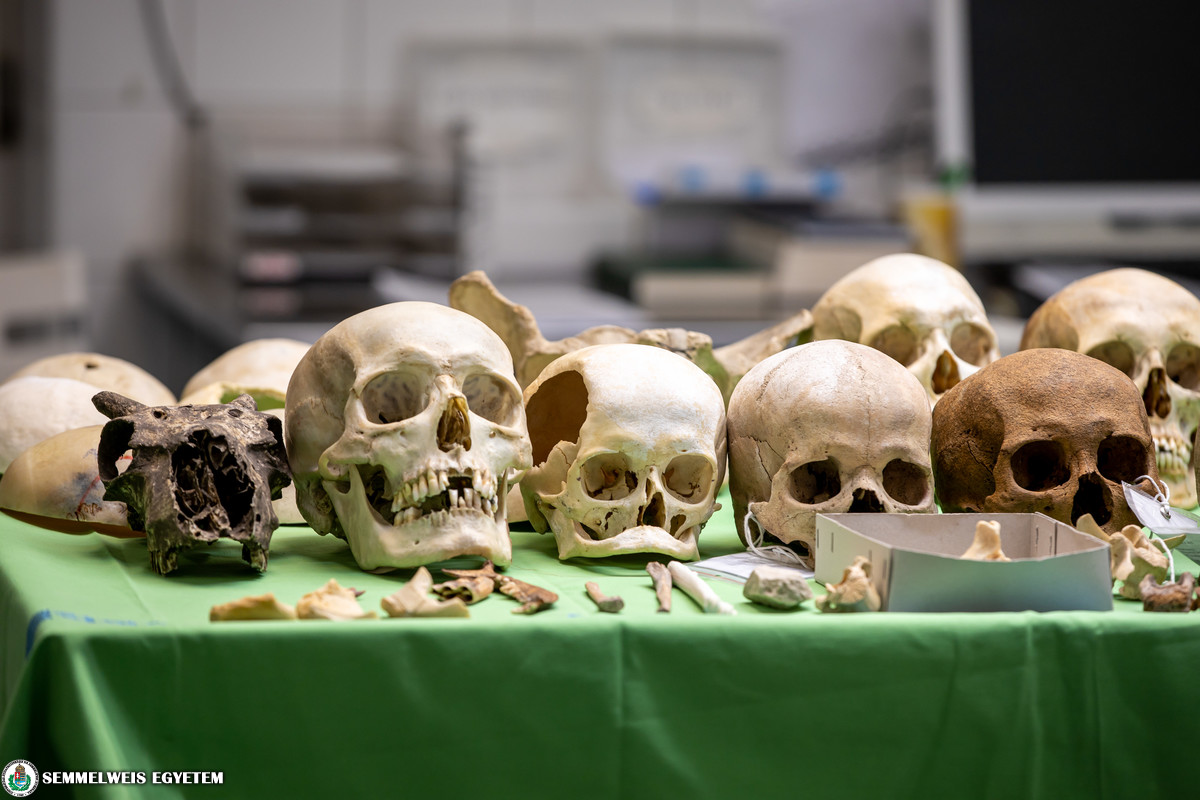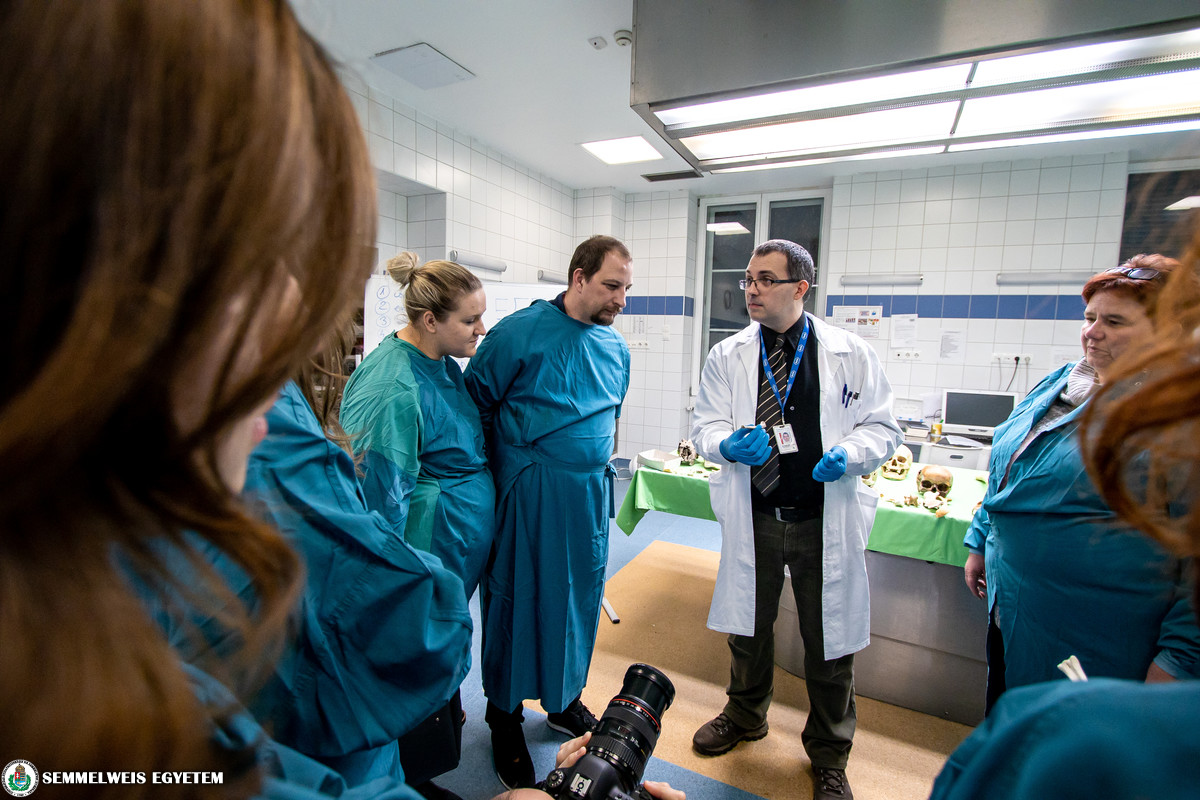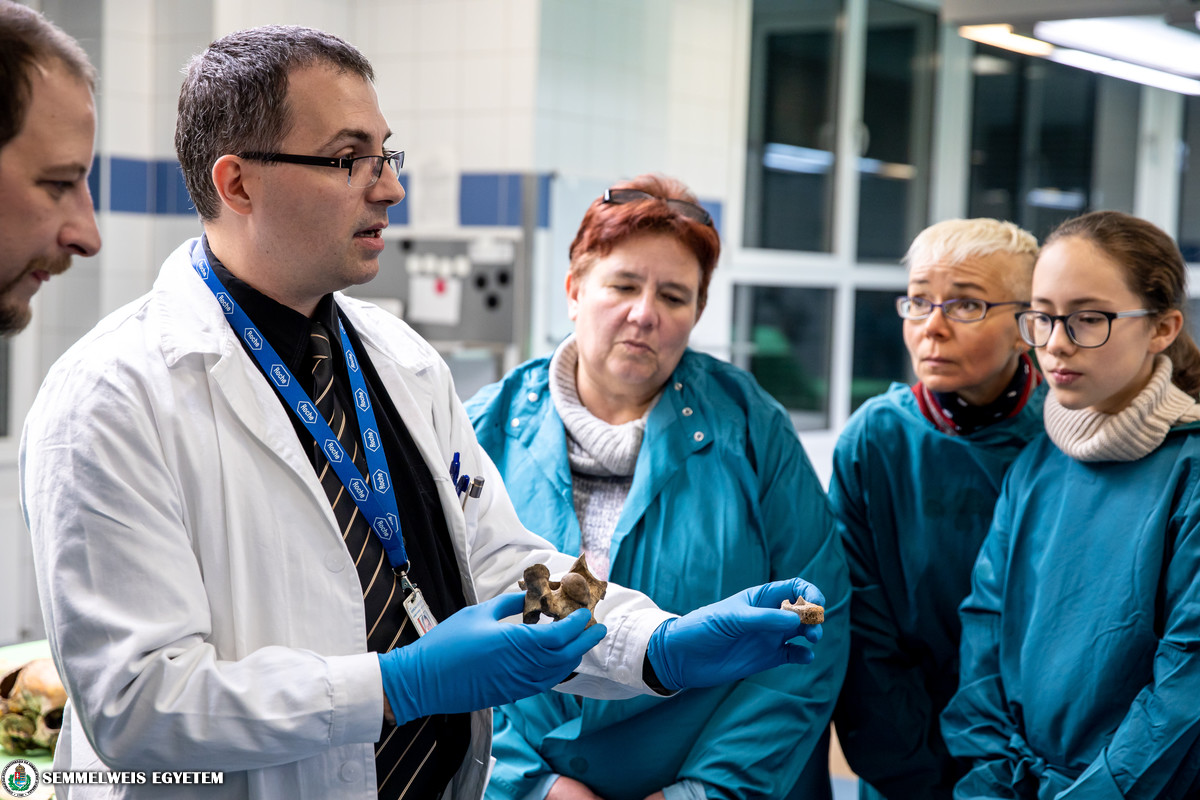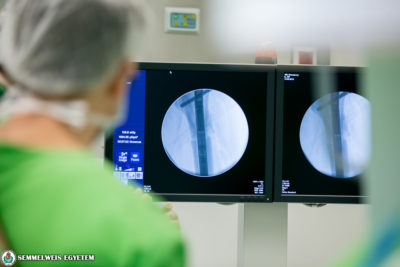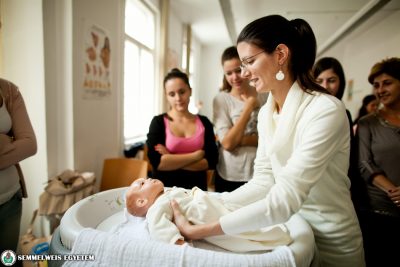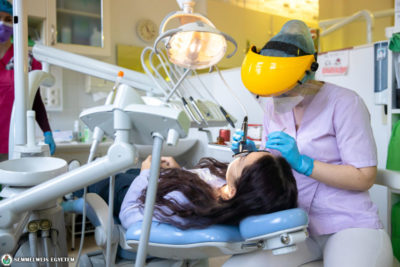Visitors could turn into students of medicine, pharmacists or even crime scene investigators for a few hours at the Semmelweis Health Day in December. The event featured interactive activities in small groups, children’s health promotion programs, extensive public health risk and condition assessments and pharmaceutical consultations.
According to Dr. Zoltán Benyó, Director of the Institute of Clinical Experimental Research and organizer of the event, the program of the 4th Semmelweis Health Day was very well-rounded, as it was the result of the joint efforts of six organizational units on four locations. The organizers included the Faculty of Pharmaceutical Sciences, the Basic Medical Science Centre, the Department of Anatomy, Histology and Embryology, the Department of Forensic and Insurance Medicine, the Theoretical Block at Nagyvárad tér and the Semmelweis Health Development Centre.
“Semmelweis University, as the oldest higher education institution of medical and health sciences in Hungary has a huge responsibility to address the general public and give information on healthy lifestyle and the ways of prevention by using its available tools, expertise and the attention that it receives due to its 250th anniversary. Such events are great because one can ask questions and have conversations with specialists in a relaxed and stress-free environment, as opposed to a clinic, where health problems need to be solved skipping the possibility of prevention.”, Dr. Zoltán Benyó said.
The visitors of the event entitled “From molecules to surgery in space” could get an insight into the activities of Semmelweis University based on education, R&D and patient care. The event offered exciting programs and screenings to all. Participants were introduced to drugs from different perspectives, their ingredients, types and proper use. Experts presented facts and misconceptions about herbs, revealed what to watch out for during their use and talked about quality issues. In an interactive workshop, participants could build the model of a drug’s ingredient that is available in pharmacies, moreover some molecules were drawn by a computer program. Clinical pharmacists held consultations regarding questions about taking medication.
During an OR demonstration and surgical practice session, a brief overview was given on the most important tools in surgery, knot tying techniques and suture types at the Theoretical Block. Later, participants could try these techniques. The lecture entitled “Surgery in Space” presented the short history of laparoscopic surgery and the robotic and telemetric surgery that have evolved from it.
The Department of Forensic and Security Medicine and the Anatomy Museum reserved for students of medicine were opened to the general public. 21st century mortuaries and tools used every day by medical experts could be viewed. During a post-mortem examination simulation, participants could learn about primary first aid in cases of sudden malaise or death, administrative chores and could get an insight into the post-mortem examination carried out by the coroner.
The specialists of the Semmelweis Health Development Centre together with volunteer students carried out extensive public health risk and condition assessments, as well as lifestyle counselling. The program included cardiovascular and diabetes risk assessment, dental screening, nutrition, exercise, smoking and alcohol risk assessment and lifestyle counselling. The screenings were completed by the measuring of blood glucose levels and blood pressure, as well as other examinations. Mole examination and mole self-examination training were also available. The staff of the Centre provided personalized counselling based on the risk rating and gave indications regarding how to further proceed taking the current status of health into consideration. According to Dr. Magor Papp, head of the Centre, 130 people attended the screenings and the personalized lifestyle counselling combined with complex body composition analysis.
Several programs for children were featured at the event, including creative activities focusing on health promotion, relay games, Teddy Bear hospital and later in the afternoon Santa Claus visited the children, teaching them the proper technique of hand washing in a playful way.
The event offered 50 programs for visitors to join. Apart from the staff of the six departments of the university, 80 volunteer students from the Students’ Union, Budapest Medical Students Association, Association of Hungarian Dental Students and the Instructor Self-Help Group took part in the organization.
The next event of the Semmelweis Health Days series is the Gynaecology and Oncology Day on 4th January. Registration for the event’s programs is open soon on the university’s website.
Zsófia Haszon-Nagy
Photo: Attila Kovács – Semmelweis University
Translation: Ágnes Raubinek
